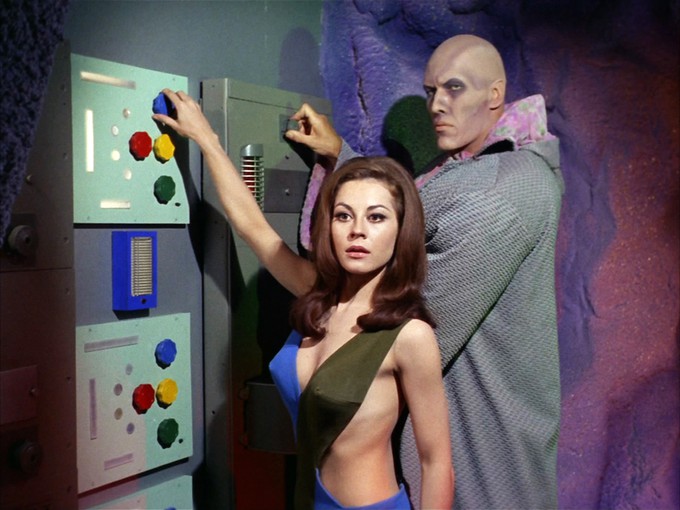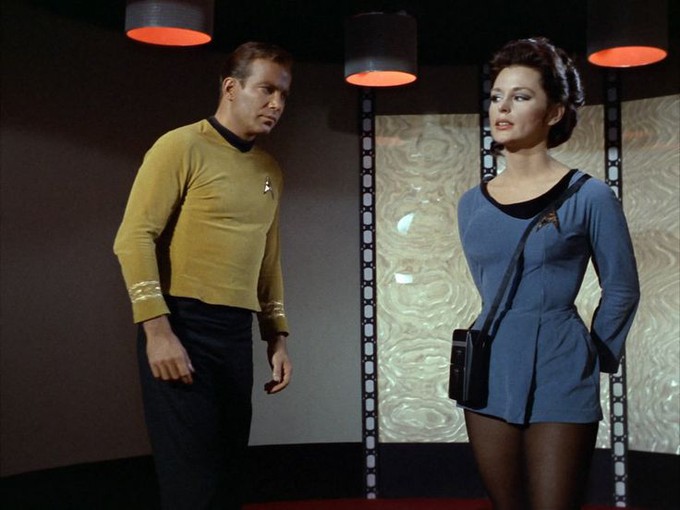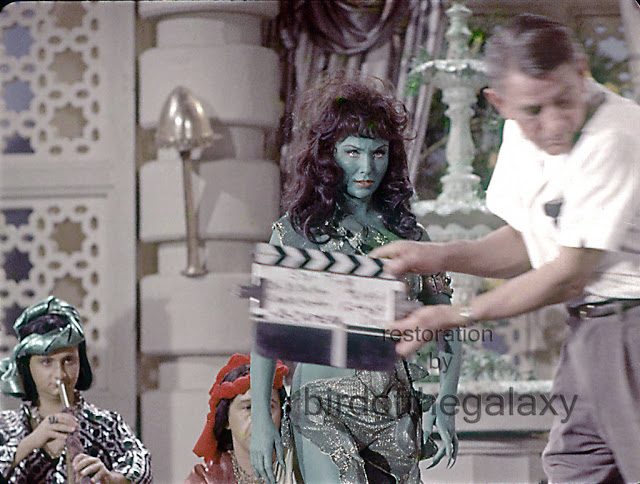
About 14 months before The Grim Reaper ended Hedda Hopper’s long, long gossip career forever, the rumor maven likely introduced the phrase “Star Trek” to the world. The topic of her Nov. 25, 1964 column was actress Susan Oliver getting painted slave-girl green for “The Cage.”
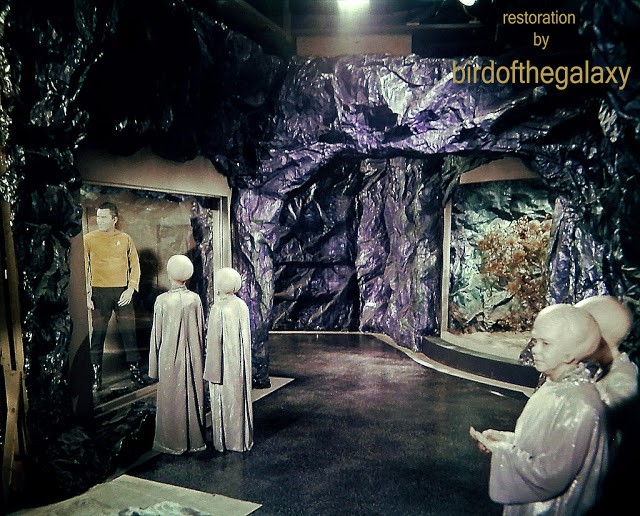
Days later the Dec. 12, 1964, edition of TV Guide revealed big-screen Jesus and “Searchers” star Jeffrey Hunter was shooting a Desilu science fiction series.
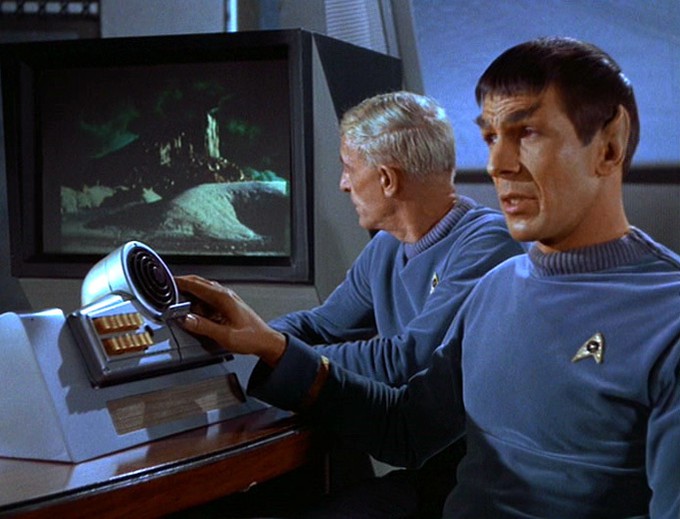
When “The Cage” didn’t sell the show, series creator Gene Roddenberrry offered Hunter the chance to reprise Capt. Christopher Pike for the second pilot, but Hunter elected not to participate.
(What middle initial would Gary Mitchell have chosen for Pike’s gravestone?)
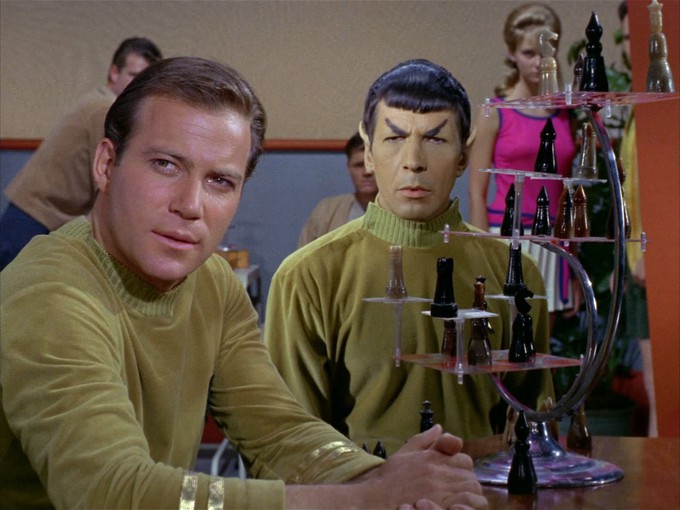
The William Shatner version of “Star Trek” almost arrived on NBC eight months earlier than it did. TV Guide reported in late May 1965 that Shatner had replaced Hunter and that the network was considering “Star Trek” as a midseason replacement for its 1965-66 season.
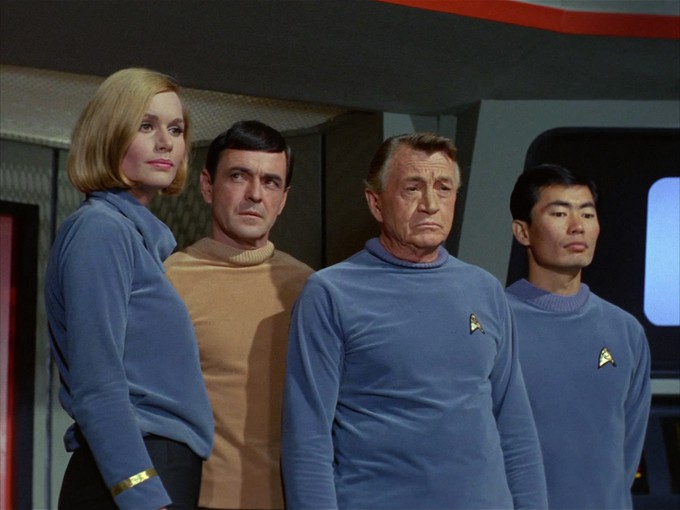
Shatner’s pilot episode, “Where No Man Has Gone Before,” first aired 14 months after its July 1965 filming, and a lot happened in those 14 months. In the days before VCRs and The Internet, how many noticed that the ship seemed to carry two chief medical officers – Leonard McCoy and Mark Piper? Or that helmsman Sulu seemed to be moonlighting as the ship’s physicist? Or that the entire crew seemed to temporarily switch into ill-fitting new uniforms without black collars?
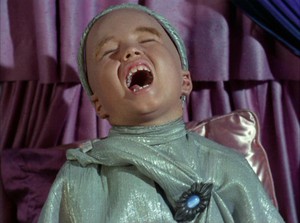
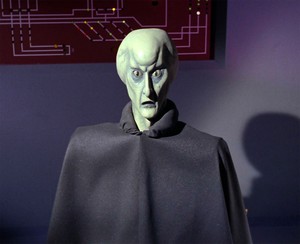
“The Corbomite Maneuver,” starring Ron Howard’s kid brother Clint as the crafty alien Balok pretending to be Tywin Lannister, was the first episode shot in 1966, but the 10th to air, reportedly because someone at NBC preferred to air a lot of “planet” episodes early on.
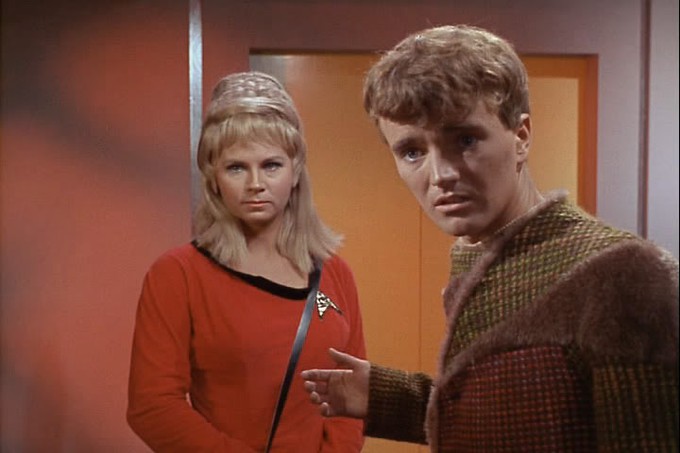
The world met Kirk, Spock, McCoy, Sulu and Uhura (but not Scotty or Chekov) in “The Man Trap,” aired Sept. 8, 1966. Janice Rand too. Though not a member of “The Big Seven” introduced in seasons two and three, Grace Lee Whitney’s plucky yeoman initially got a lot more dialogue and screen time than the more ethnic Scotty, Sulu and Uhura -- thanks to episodes like “Charlie X,” “Miri” and “The Enemy Within.”
We met Mongomery Scott in “Where No Man Has Gone Before,” the third episode to air. Pavel Chekov made his debut in “Amok Time,” the second-season premiere.
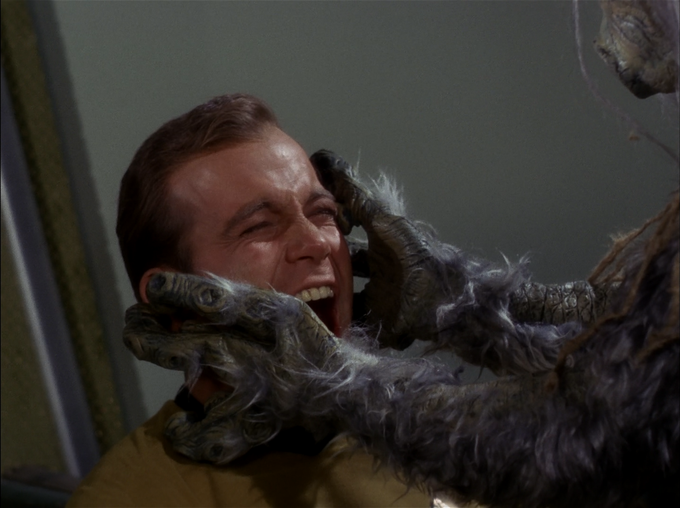
Most critics were not initially kind to the show, likely because the only episode available for review was “The Man Trap,” a frankly nonsensical installment* decidedly inferior to “Charlie X” and “Where No Man Has Gone Before” – the two man-becomes-god episodes that immediately followed.
(*Stealing salt shakers from the galley strikes me as a much more efficient way to obtain sodium than leaving a bunch of Starfleet corpses all over the Enterprise.)
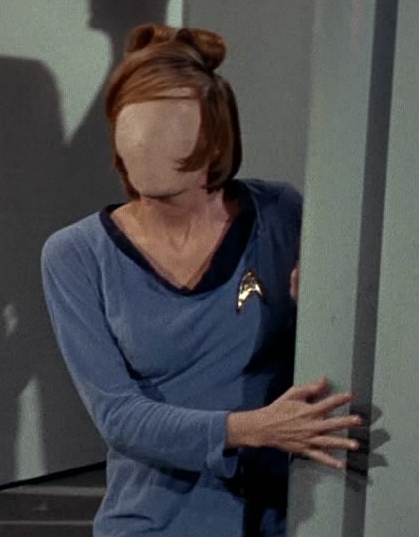
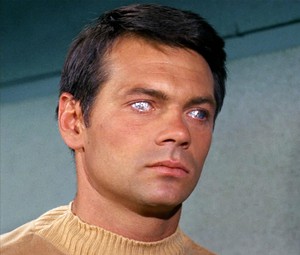
The “Man Trap” monster may have been adequately creepy, but Trek’s cult status was likely born the minute Charlie Evans erased that poor Starfleet crewlady’s eyes and breathing holes --and born again the moment Gary Mitchell’s eyes turned to tinfoil.
Of the 24 critics polled by Television Magazine, only five found “The Man Trap” “good” while 13 counted themselves “indifferent” and eight thought it “bad.”
Given Trek’s long-term impact, The Hollywood Reporter’s Sept. 9 (day after) positive review of “The Man Trap” will strike some as shockingly brief. Critic Bill Ornstein refers to Kirk and Spock as “government scientists” and describes the episode as sporting “people running in and out of rooms and passageways excitedly.”
“Star Trek’s” first time slot was a tough one: Thursdays at 8:30 p.m.*, where it competed with top-10 blockbusters “My Three Sons” (CBS) and “Bewitched” (ABC). The better news for the show is it spent the better part of its first season sandwiched between two top-30 NBC shows: the hourlong adventure “Daniel Boone” and the half-hour drama “Dragnet.”
(*Lots of hourlongs aired at half-past the hour in those days. Before the government meddling in 1971, network primetime in the U.S. ran 7:30 p.m. to 11 p.m. ET/PT Monday-Saturday.)
“Star Trek” debuted a week ahead of the official start of the 1966-67 TV season, along with sneak-preview NBC broadcasts of the Richard Mulligan* sitcom “The Hero” and the Ron Ely version of “Tarzan” that same night. Competing against reruns, “The Man Trap” easily won its timeslot, but with the arrival of fresh “My Three Sons” episodes the following weeks, “Charlie X” and “Where No Man Has Gone Before” fell to second place.
(*Yes, the same Richard Mulligan who found much greater success playing Burt Campbell on “Soap” 11 years later.)
ABC’s midseason move of powerhouse “Bewitched” from 9 p.m. to 8:30 p.m. locked “Star Trek” into last place. In February, toward the end of Star Trek’s first season, Desilu was sold to Gulf + Western and renamed Paramount Television.
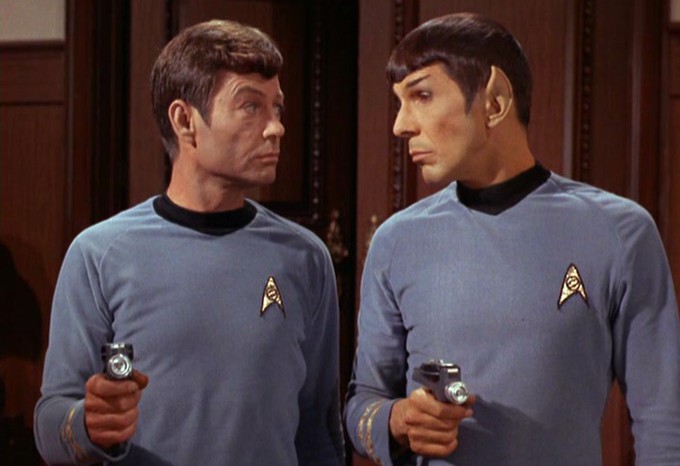
The second-season adventures of Kirk, Spock and McCoy were situated in a Friday Death Slot opposite top-10 “Andy Griffith Show” spin-off “Gomer Pyle USMC.” For season three “Trek” was assigned a new showrunner and relocated to Fridays at 10 p.m. Smelling cancellation in the air, Roddenberry proposed at the 1968 World Science Fiction Convention a big screen “Star Trek” prequel that would focus on how Kirk and Spock first met.
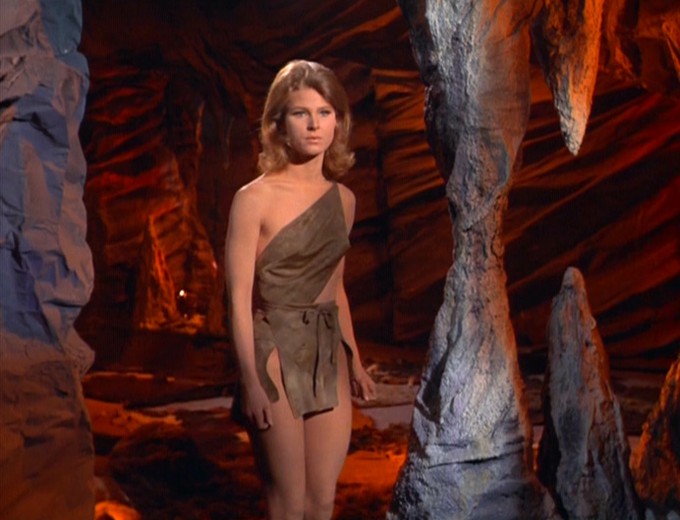
“All Our Yesterdays,” the almost-last episode of “Star Trek,” aired March 14, 1969 -- but fans had to wait till June 3 of that year for one more episode, “The Turnabout Intruder,” the series finale.
Trek was dead, but showbiz forces almost immediately began conspiring to resurrect it.
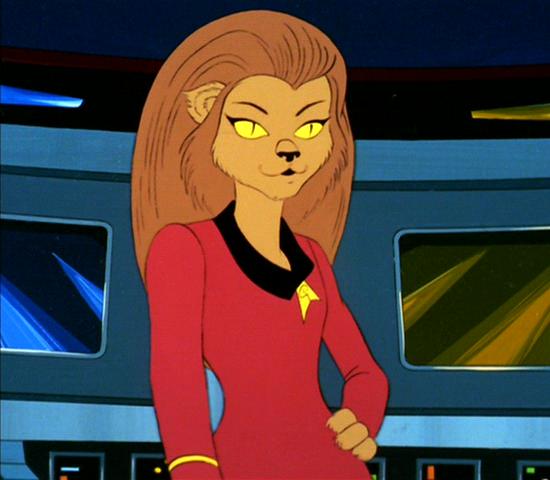
1972. Noting “Star Trek” growing in popularity thanks to broadcast syndication, cartoon maven Filmation approaches “Star Trek” creator Gene Roddenberry about producing a Saturday-morning animated series sequel to “Star Trek.”
1973/1974. Utilizing writers and stars from the live-action series, NBC airs 22 half-hour animated episodes of “Star Trek” across two seasons.
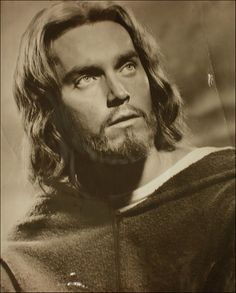
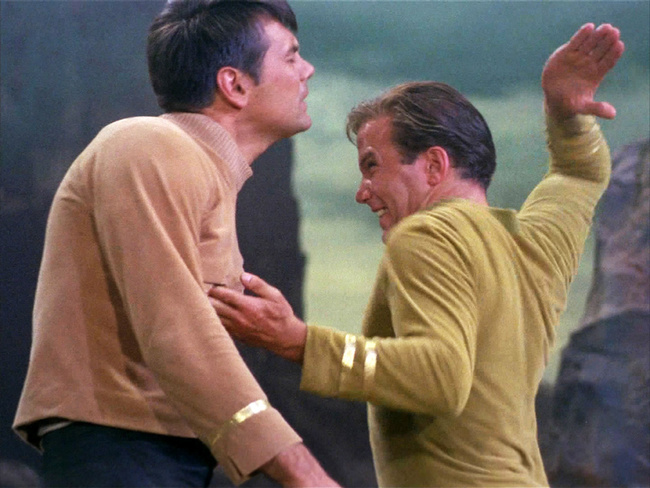
1975. Paramount hires “Star Trek” creator Roddenberry to write a big screen Trek movie that came to be informally known as “The God Thing.” Roddenberry’s screenplay, which (not kidding here) depicted James Kirk punching out Jesus Christ, is inexplicably scrapped.
1976. Paramount hires Nicholas Roeg's “Don’t Look Now” writing team of Allan Scott (“DARYL,” “The Witches”) and Chris Bryant to script “Star Trek: Planet of the Titans,” which would send Kirk and Spock back through time to teach early humans how to make fire.

1977. After Paramount fails to hire George Lucas, Steven Spielberg, Francis Coppola or Robert Wise to direct “Planet of the Titans,” Philip Kaufman (“The Outlaw Josey Wales”) comes aboard to re-write and direct. He pursues (pre-“1941”) Japanese superstar Toshiro Mifune to play the movies’ first big-screen Klingon commander. While “Titans” did not become the first Star Trek movie, Kaufman and Leonard Nimoy would team up instead for the 1978 remake of “Invasion of the Body Snatchers.”
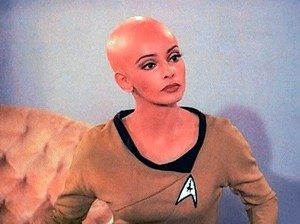
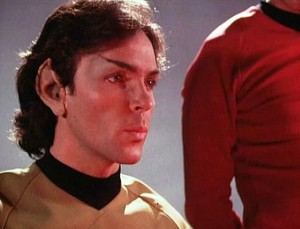
1977. Mere days after the release of “Star Wars,” Roddenberry announces that a new TV series titled “Star Trek: Phase II” would air on the new (but ultimately imaginary) Paramount Television Network (not to be confused with the United Paramount Network, which confusingly launched in 1995 with the premiere of “Star Trek: Voyager”). We learn in September that Shatner is signed to reprise the role of Kirk for the series. A new character, Will Decker, is to be introduced in case Shatner cannot be contracted for additional episodes beyond the initial 13.
1978. Paramount finally admits in January that both The Paramount Television Network and “Star Trek Phase II” are not going forward --- and that the script for the “Phase II” pilot is being repurposed as the blueprint for the first Star Trek motion picture. Robert Wise is hired to direct and filming gets underway in August.
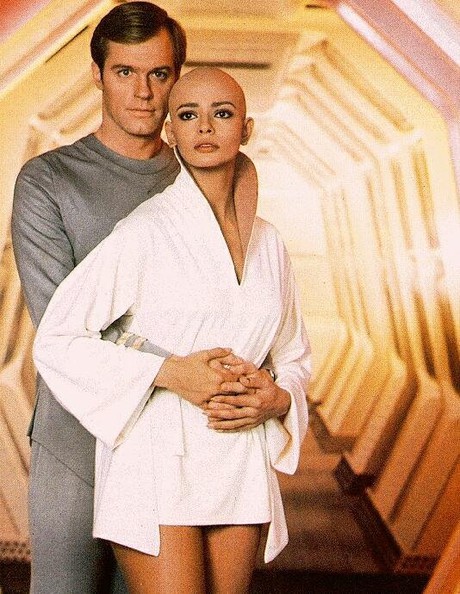
1979. “Star Trek: The Motion Picture,” the first of at least 14 Trek movies, hits cinemas Dec. 7.

1986. As “Star Trek” celebrates its 20th anniversary, Paramount announces plans to syndicate in 1987 a new TV series titled “Star Trek: The Next Generation”; at least four more Trek hourlongs will follow over the ensuing decades.
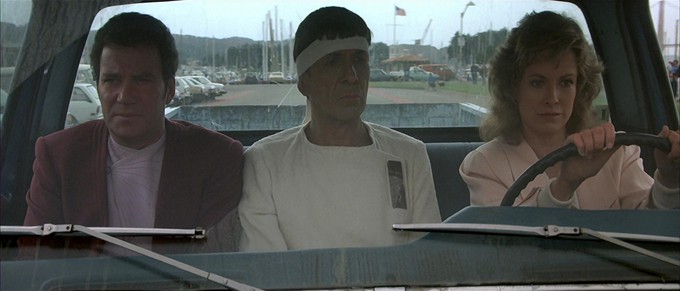
The 20th anniversary movie “Star Trek IV: The Voyage Home” is released Nov. 19, 1986, and proves a bigger grosser than the high-grossing “Star Trek II: The Wrath of Khan” and “Star Trek III: The Search For Spock.”
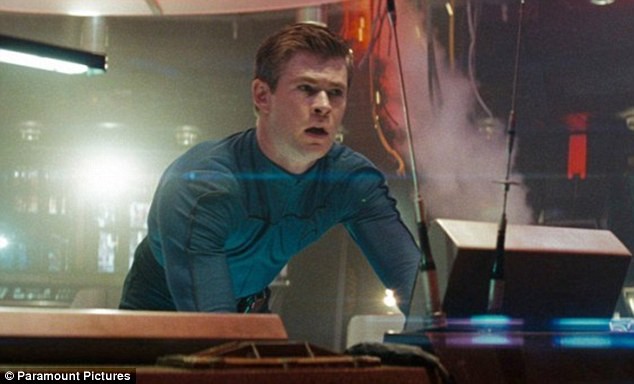
2016. As “Star Trek” celebrates its 50th (!) anniversary, we learn writer-producer and Trek vet Bryan Fuller (creator of “Dead Like Me,” “Wonderfalls,” “Pushing Daisies,” and “Hannibal”) is co-creating a new hourlong series titled “Star Trek: Discovery” set to launch January 2017 on CBS. And we learn in July that J.D. Payne and Patrick McKay are writing a sequel to “Star Trek Beyond” in which Kirk finally meets his father, again played by Chris Hemsworth.

